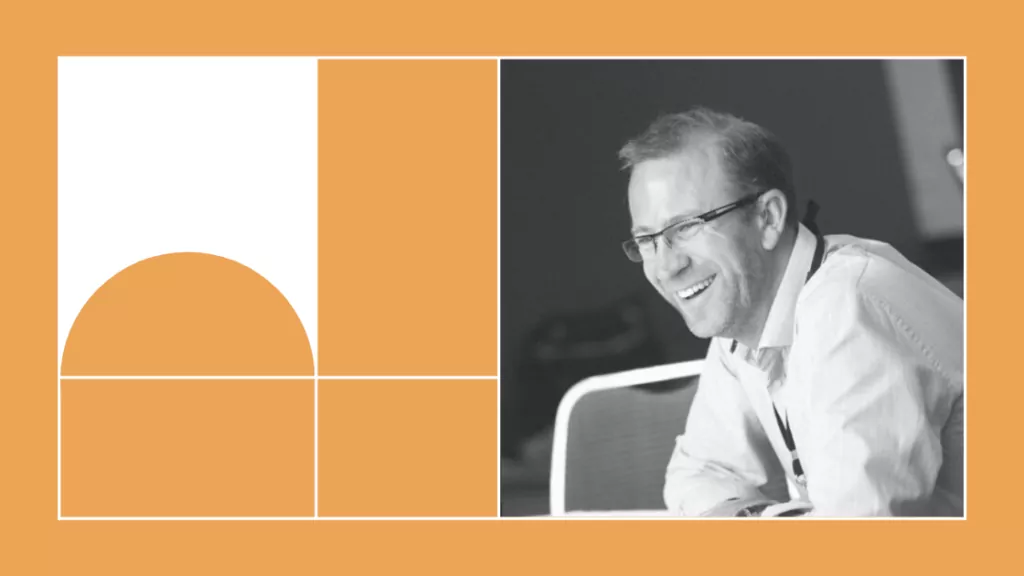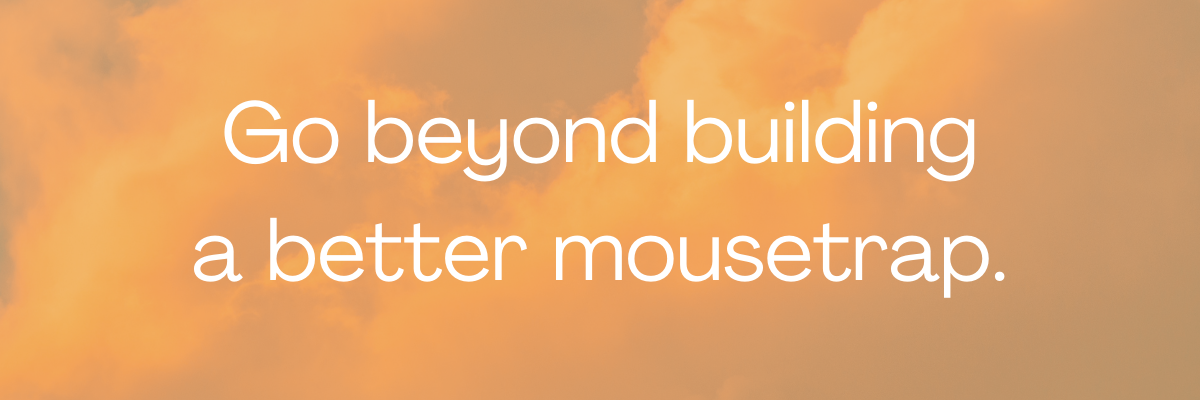Angel Voices: Andrew Sypkes
Andrew Sypkes, one of Australia’s most active family office technology investors, discusses why and how he started angel investing, the key determinants of startup success and his take on secondaries in the Australian VC ecosystem.

About the angel
Andrew Sypkes began his career with McKinsey & Company and then worked with start-up technology businesses before completing an MBA at Stanford University. He now based in Hobart where he manages his family’s investment business, family office and foundation, and is a co-founder and Director of several private companies and charitable organizations. Andrew was an early investor in Aconex, Canva, and Redbubble and is a partner at SecondQuarter Ventures, Australia’s first venture secondaries fund.
Why angel investing?
My journey into angel investing had two major influences. Firstly, I blame my family. From an early age, I thought I was going to be an entrepreneur. Both my grandfather and my father were successful entrepreneurs and discussions about business dominated our family dining room table most nights. Starting a business seemed like the natural — and the expected — thing to do, so I did that when I was in grade 9 (a mini-golf course that operated inside shopping malls). Then in the early 2000’s I worked with a couple of early-stage tech start-ups, and more recently have co-founded a couple of non-tech businesses. However, through those entrepreneurial experiences, I came to realise that I’m actually not a very good entrepreneur myself, despite loving entrepreneurship. This was quite troubling for me to come to terms with given the implicit family expectations that I felt and the definition of success that I had set for myself at the start of my career. But once I got over my insecurities and realised that I am a better supporter and champion for entrepreneurs, I found that angel investing was a great path for me as I could work closely with entrepreneurs — vicariously living their journey — while actually playing to my more natural analytical and investing strengths.

Secondly, I blame Leigh Jasper from Aconex and Martin Hosking from RedBubble. My first two angel investments were into their businesses and both have gone on to become great successes. It’s easy to think that you are good at something when your first two shots hit their target. And so I got hooked on the thrill of it… just don’t ask where my next few shots landed.
Which founders and companies succeed?
Being a founder is tough. Being a successful founder is extremely tough. It requires very high levels of resilience and interpersonal skills, and those don’t often come packaged together. It also requires a combination of big picture thinking plus a sense of detail and urgency for the daily execution — again, a rare package.

One of the main determinants for a company becoming a standout success is its ability to build a durable competitive moat. A moat, or competitive advantage, won’t get a company to success but it does increase the size of success if the company gets there. So I’m always trying to assess the probability that a company will build a strong moat over time, such as an abnormally-sticky product, a trusted brand/customer loyalty, unique assets, scale economics or network effects. A better mousetrap [aka product features] is just not a durable advantage. If you do win, you want it to be big, because that’s how you make a real impact. To go deeper on that topic, I suggest reading 7 Powers: The Foundations of Business Strategy by Hamilton Helmer and the white papers about network effects by Nfx.com.
What’s your view on secondaries in the Australian venture capital ecosystem?
It’s crucial for our ecosystem that we develop more sources of liquidity to purchase existing shares in successful unlisted ventures i.e. secondaries. I saw the importance of this at Aconex pre-IPO when there were numerous early investors and long-term staff who needed liquidity due to their personal circumstances. This also included the founders themselves who wanted to take a bit of money off the table to be able to confidently keep swinging for sixes in the next stage of their journey.
Having secondary liquidity available is a sign of a maturing ecosystem and we have already seen that start to happen in Australia. We’ve seen a few really big secondary transactions and I’ve been involved with numerous smaller secondary transactions over the past five years that led me to join with my partners and set up SecondQuarter, Australia’s first venture secondaries fund. We’ve already made half a dozen secondary investments and have committed to work alongside another cohort of top-tier ventures as an ongoing provider of liquidity for their staff and early investors. I think we’ll see a lot more secondary action in the years to come as many of the current generation of Aussie successful ventures are not seeking to IPO as early as they have done in the past.